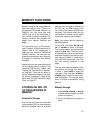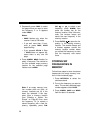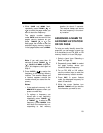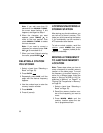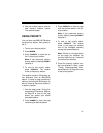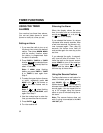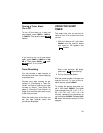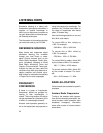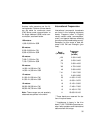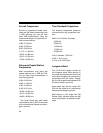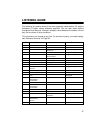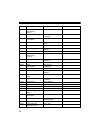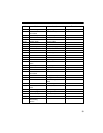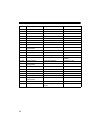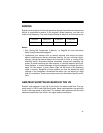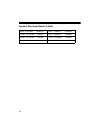
35
Amateur radio operators use the fol-
lowing bands. Portions of these bands
are set aside for continuous wave
(CW) Morse code communication or
for single sideband (SSB) voice com-
munication, as shown below.
160 meters:
1,800–2,000 kHz: SSB
80 meters:
3,500–3,800 kHz: CW
3,800–4,000 kHz: SSB
40 meters:
7,000–7,150 kHz: CW
7,150–7,300 kHz: SSB
20 meters:
14,000–14,200 kHz: CW
14,200–14,350 kHz: SSB
15 meters:
21,000–21,250 kHz: CW
21,250–21,450 kHz: SSB
10 meters:
28,000–28,500 kHz: CW
28,500–29,700 kHz: SSB
Note:
These ranges are not precisely
observed everywhere in the world.
International Frequencies
International commercial broadcasts
are found in the following shortwave
bands. Programs (often in English)
usually contain news, commentaries,
music, and special features reflecting
the culture of the broadcasting country.
Reception for this range is best be-
tween 6:00 PM and midnight (your
time).
*
These bands are reserved for sta-
tions in tropical areas.
**
Interference is heavy in the 41m
band (7.100–7.300 MHz) because am-
ateur radio operators and international
stations share this range.
Band
(in meters)
Frequency
Range
(in MHz)
120 2.300–2.495
90 3.200–3.400
75 3.900–4.000
60 4.750–5.060
49 5.900–6.200
41 7.100–7.350
31 9.400–9.990
25 11.600–12.100
21 13.500–13.870
19 15.100–15.800
16 17.480–17.900
13 21.450–21.750
11 25.600–26.100
*
*
*
*
**



